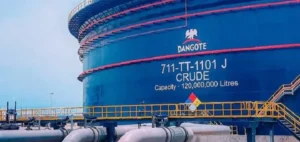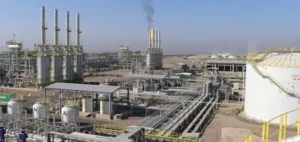Pakistan has structurally repositioned itself on the regional market as a net fuel oil supplier, with export volumes exceeding 1.4 million tonnes in 2025. This shift results from a sharp decline in domestic demand, punitive taxation on local sales and a switch to alternative fuels such as regasified liquefied natural gas (RLNG) and imported coal.
Energy mix overhaul and fiscal pressure
Authorities implemented a 40% increase in specific taxes on domestic fuel, in addition to an 18% value-added tax. This pushed refiners to prioritise exports, remunerated in foreign currencies and indexed to international benchmarks. Meanwhile, fuel-based electricity generation dropped to 3 TWh in 2024, down from 8 TWh a year earlier, making the product surplus to national energy requirements.
Industrial reorganisation around export flows
The country’s main refineries – Pak-Arab Refinery (PARCO), Cnergyico, Attock Refinery, National Refinery and Pakistan Refinery – now focus their operations on international outlets. Cnergyico has begun shifting its crude sourcing to produce more very low sulphur fuel oil (VLSFO), aligned with the International Maritime Organization’s (IMO 2020) sulphur standards. The involvement of Vitol as a key trading partner integrates these flows into bunkering markets in Singapore and Fujairah.
Compliance risk amid geopolitical tension
Pakistan’s repositioning comes as sanctions targeting Russian and Iranian oil flows tighten. While Islamabad is not directly targeted, several local entities have been identified in sanctioned fuel transactions. This raises compliance demands for international buyers, including automated vessel tracking, shipping documentation and counterparty screening.
Margin pressure and spillover effects in Asia
The influx of Pakistani fuel adds to the regional oversupply of high-sulphur fuel oil (HSFO), compressing margins for heavy barrels and challenging refineries with limited conversion capabilities. Shipowners still operating non-scrubber vessels benefit from lower bunkering costs at regional hubs due to this surplus.
Growing exposure of Pakistani refiners to global volatility
Domestic refiners secure steady outlets for fuel residue, but face increased exposure to HSFO/VLSFO spread volatility, logistics costs and shifting fuel regulations. Any future IMO carbon intensity rules could significantly impact operators lacking processing flexibility.
Pakistan’s role in secondary oil flow geopolitics
As a marginal supplier in the Indian Ocean, Pakistan inserts itself into a redistribution space for secondary petroleum flows alongside Russian, Iranian and Gulf hubs. This role exposes it to heightened scrutiny, especially from US and European authorities. The traceability of refined molecules – including those from Russian crude purchased in renminbi – is central for buyers aiming to avoid sanctions risk.






















